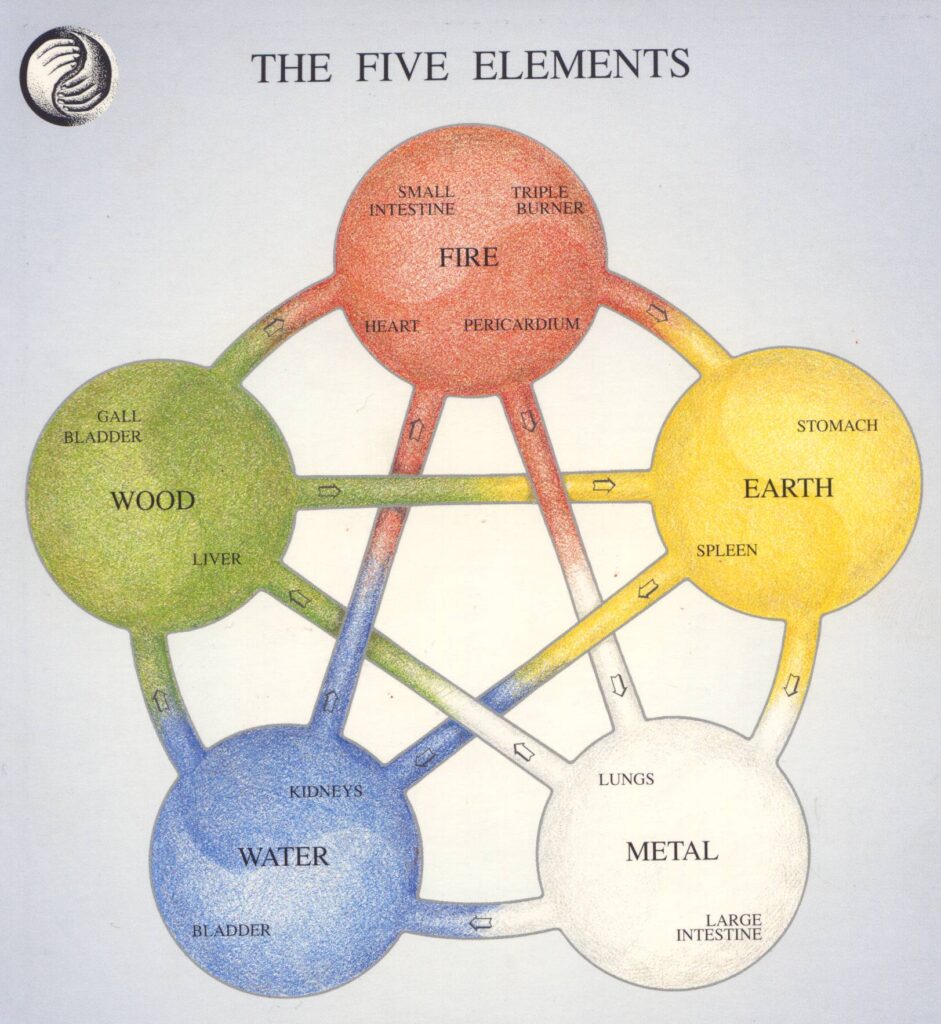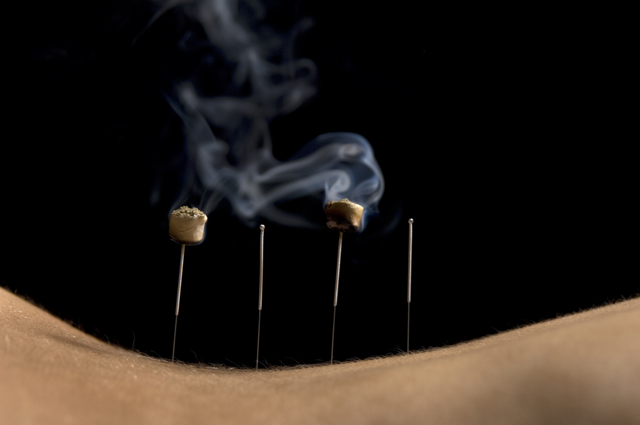how acupuncture works
Acupuncture works on the Qi of the body.
The Qi is our life force, that intelligence of Creation that expresses itself in the physical form of Yin and Yang.
Our world is a world of duality – day/night, warm/cold, up/down, Summer/Winter, inner/outer, happy/sad, movement/stillness, birth/death, awake/asleep, overactive/underactive, hyper/hypo, dry/wet, hot/cold, sympathetic/parasympathetic, and so on. These forces are in constant movement and opposition to each other and if one becomes more dominant it will impose itself on the other, ceasing the expression of the other or blocking it. Conversely, if one force becomes blocked or diminished it will lose its expression.
Acupuncture seeks to create a balance between Yin and Yang and how these forces are expressed in the body. The body is seen as an expression of Yin and Yang. Yin and Yang are relative to one another, they transform into each other, they balance each other and they are never expressed in isolation.
So the skeleton is Yin in relation to the body, but the periosteum (bone) is Yang in relation to the bone marrow. Another example would be the testes that are Yang compared to the ovaries which are Yin. Within the ovaries the ovi (eggs) are seen as Yin compared to the follicle which is Yang.

The blood is Yin (nourishing), but it also contains the Yang or Qi (movement and warming). The blood could not perform its function if it was stagnant. If the blood is ‘stagnant’ then the Qi may be blocked or weak and the blood is not able to circulate and perform all the functions that it does in the body.
Pain, in Acupuncture can be due to a ‘blockage of Qi’ which could be caused through injury, medications, diet, lifestyle or unexpressed emotions. As an Acupuncturist, although I do ask you about your symptoms, I do not treat these as labels. I look at how your Qi is functioning through the expression of Yin and Yang. The organs are seen as either Yin or Yang, the ‘dense’ organs – heart, spleen, lung, kidneys and liver are Yin, whereas the ‘hollow’ organs such as the small intestine, stomach, colon, bladder and gall bladder are seen as Yang.
Acupuncture seeks to harmonise these two forces of Yin and Yang, so that they support each other in the functioning of the body mind. Yin and Yang can never be completely balanced as they need to be moving into each other in a liquid dance, to create movement and life.
‘Listening’ to the pulse is one of the main diagnostic tools in Acupuncture. We learn how to listen to, or feel the qualities of the Qi in the blood at the radial pulse.

There are 6 positions on each radial pulse (left and right) that relate to the different organs. This, together with your medical history informs me as to which Acupuncture points are needed to balance the Qi, the Yin and Yang. I usually use between two to six points at each treatment. These points are along the ‘meridians’ that connect to each other and the organs of the body. They transverse the whole body, so I may use a point that is nowhere near your area of discomfort, but it will be connected via the pathway of the meridian. The needles that I use to stimulate these points are fine like a hair and are disposable. Generally, you will not feel these needles or you may sense a dullness momentarily around the needle as the Qi is activated.
I have also studied a form of Acupuncture called Acu ~ Silk which uses patches of naturally dyed silk on the Acupuncture points. The colours correspond to the flow of the meridians in what is known as the “Chinese Clock”. This is a natural flow of the Qi, different Qi being more available every 2hrs. I guess a similar concept would be the Circadian rhythm. I may use the same colour that corresponds to the meridian I wish to activate or I may use its opposite colour depending on the therapeutic effect I wish to create.
Please go to this link – British Acupuncture Council for their website pages on research, for a full list of conditions and studies that are treated with Acupuncture.

In 1996, a draft report on the clinical practice of acupuncture was reviewed at the WHO (World Health Organisation)Consultation on Acupuncture held in Cervia, Italy. The participants recommended that WHO should revise the report, focusing on data from controlled clinical trials. This publication is the outcome of that process.
http://apps.who.int/medicinedocs/pdf/s4926e/s4926e.pdf
Or you can watch this Youtube clip by the wonderful Peter Firebrace, which tells what Acupuncture is used for , in response to the restrictions placed on us by the ASA.
Here is an article on headaches and migraines and the recommendation for Acupuncture.
CT scans reveal physical evidence for Acupuncture points. Read here.
